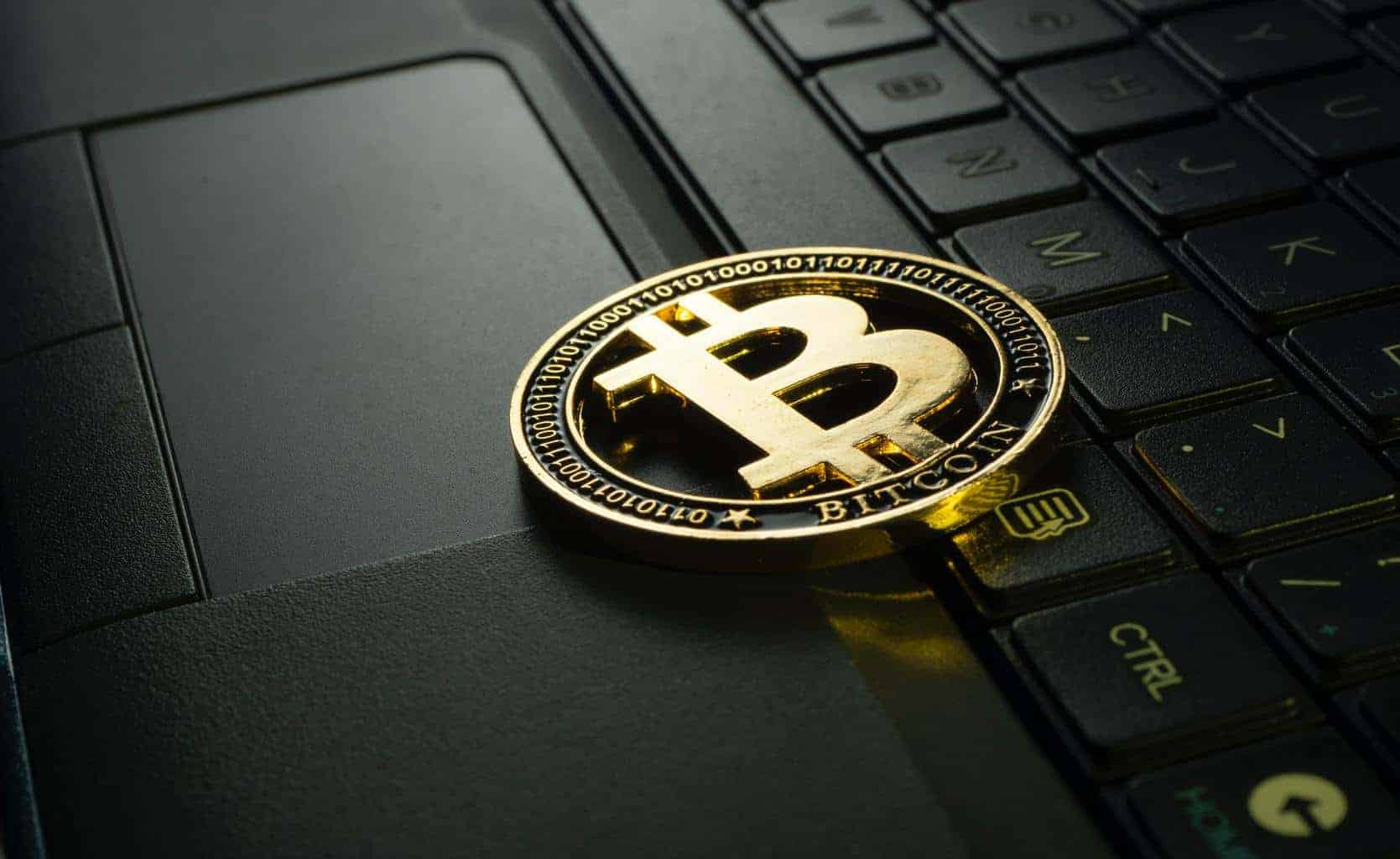If you’re a U.S. citizen and want to add cryptocurrencies to your retirement portfolio, using a self-directed IRA is the primary option available for investors. Read this guide to learn more about what a self-directed IRA is and how you can use one to expand your portfolio to include digital currency like Bitcoin and crypto or alternative assets like precious metals.
We provide a rundown of how a self-directed IRA differs from a traditional IRA, why only they allow crypto investments, and how to get started. We also outline the four essential things you need to consider before deciding which self-directed IRA is right for you and your crypto.
What Is a Self-Directed IRA?
A self-directed IRA (SDIRA) is an individual retirement account (IRA) that allows you to invest in a broader range of assets than a regular IRA. For example, in an SDIRA, you can hold alternative investments, like real estate, commodities, limited partnerships, franchise businesses, precious metals, and crypto as part of your retirement funds. Whereas conventional IRAs are usually limited to stocks, mutual funds, and bonds.
Another difference is that SDIRA custodians are not allowed to offer you financial advice. You have to manage the account on your own, hence why it’s called “self-directed.”
Both traditional and Roth IRAs are available as SIDRAs, and you get the same associated taxation advantages as with other retirement savings accounts. Likewise, the annual contribution limits for SDIRAs are also the same, currently set at $6,000 annually or $7,000 for those 50+ years old.
What Is a Crypto IRA?
A cryptocurrency IRA is any self-directed IRA that allows you to invest in cryptocurrencies. As the IRS considers cryptocurrencies an alternative investment for retirement, you can usually only invest in them through SDIRAs, not regular IRAs.
Several financial service firms specialize in offering self-directed crypto-focused IRAs. However, while these specialized “Crypto IRA” companies offer a wide range of cryptos to invest in and easy-to-use trading platforms, they don’t usually allow you to invest in many other non-crypto assets, like stocks or real estate.
On the other hand, some SDIRA companies only offer limited crypto trading because it’s not their sole focus. Therefore, investing in crypto through them can be a more complex and less user-friendly process, but they also allow you to invest in other assets beyond crypto.
It’s also important to be aware that not all self-directed IRA companies offer crypto investing, so be sure to check first before creating an account.
Can You Invest in Bitcoin and Other Cryptocurrencies with an IRA?
Yes, many self-directed IRA accounts allow you to invest in Bitcoin and a range of other cryptocurrencies, like Ethereum, Litecoin, EOS, Cardano, Stellar, and more. Also, some of them offer additional services, like the ability to earn interest on your crypto holdings.
Cryptocurrencies are growing in popularity as an asset class for retirement accounts, hence why more IRA companies are now offering crypto trading. People see them as a way to diversify their portfolios, hedge against inflation, and potentially make good returns. Bitcoin has outperformed gold over the last decade, showing it can be a fruitful long-term investment.
How to Invest in Cryptocurrency in a Self-Directed IRA
You can take two paths if you want to invest in digital assets using a self-directed IRA: Custodian Controlled SDIRA or Checkbook Control SDIRA.
Both involve using a custodian, but the role the custodian plays differs significantly depending on which route you take. Here’s a closer look at what each involves:
Custodian Controlled Self-Directed IRA
A custodian controlled SDIRA means that the IRA company you use will handle more of the processes involved and ensure IRS compliance. That either means you’ll need an IRA custodian consent when making transactions, or they’ll provide specific platforms where self-trading is allowed.
They may also take responsibility for storing your cryptocurrency securely and providing custody insurance. The more services and convenience they provide may mean they charge higher fees. However, many people are willing to accept this because it brings peace of mind, a more user-friendly experience, less hassle, and guaranteed IRS compliance.
The leading companies in the Crypto IRA niche have set themselves up as one-stop shops where they provide everything you need. You can set up a custodian controlled SDIRA account, transfer or rollover funds, access a 24/7 cryptocurrency exchange trading platform, and have your crypto stored securely in a digital wallet, all in one place.
Checkbook Control Self-Directed IRA
A checkbook control self-directed IRA is a more involved process, and IRS compliance is your responsibility, but it can give you greater freedom. For example, you’ll be able to choose which exchanges you want to use and, therefore, will have access to more cryptocurrencies.
You will need to set up a new limited liability company (LLC) in the name of your IRA. So essentially, your IRA owns the LLC. Then you contribute funds from your IRA to your LLC’s bank account, which your LLC can then use to invest in cryptos.
There can be no intermingling of your personal funds and your LLC; they must be kept separate. You’ll also need to file annual reports for your LLC accurately. Failing to do any of these things or accidentally making other prohibited transactions could result in penalties or the IRS stripping your SDIRA of its tax benefits.
How to Start Investing in Cryptocurrency Using a Self-Directed IRA
If you want to start investing in cryptos using an SDIRA, there are a few essential things you should consider before deciding which provider to go with, such as:
- Checkbook Control: Not every SDIRA company allows checkbook control, so it’s important to check first if you want this.
- Costs and Fees: SDIRAs have varying costs and fees, such as minimum investment requirements, trading fees, administrative fees, and more. So pick a provider that suits your budget and investment style.
- Security: There are some shady crypto companies around, so you’ll want to make sure the firm you’re considering is legit and has a good reputation. You’ll also want to look at how they handle cryptocurrency storage and whether they protect your funds with custody insurance.
- Platform: You’ll want to know in advance what trading platform you’ll be using. Also, whether it allows you to trade 24/7, how user-friendly it is, and how many different cryptos you’ll be able to invest in.
The route you choose will determine how long it takes before you can start making cryptos part of your retirement portfolio. For example, if you want a checkbook control SDIRA, then setting up an LLC, checking account, and everything else needed could take a few weeks or much longer.






